From Chichen Itza comes the holotype of Brachypelma epicureanum. First described in 1925 by Chamberlin.




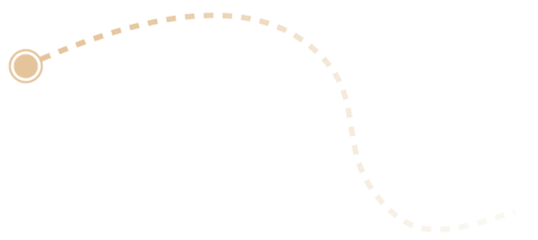

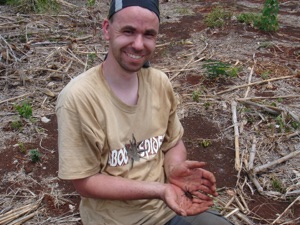

The tip of the peninsula Yucatan consists of scrubland, creating an island of dry forest (Yucatan dry forest) with a lot of unique flora and fauna. Annual precipitation will never be over 1200 mm. (www.worldwildlife.org)
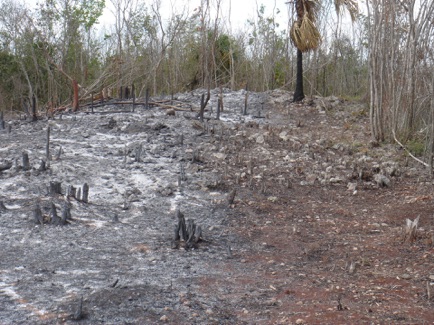

Habitat Brachypelma epicureanum,
cornfield burned down to make the land fertile again.

Yucatan dry forest, Yucatan state Mexico.
Bottom: Distribution of Brachypelma epicureanum after A. Locht, M. Yañez and I. Vazquez
Top: Climate graph compiled with data from: http://smn.cna.gob.mx


The burrow of Brachypelma epicureanum slopes under 45 degree angle for about 30 cm, ending in a chamber. in the dry season the soil is rock -hard.
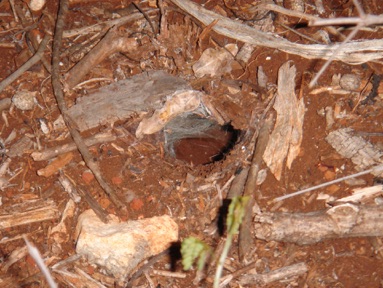

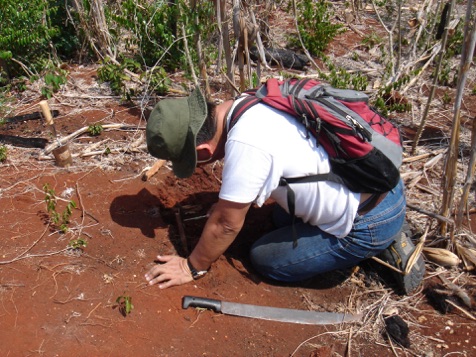
Gerardo Garcia digging.
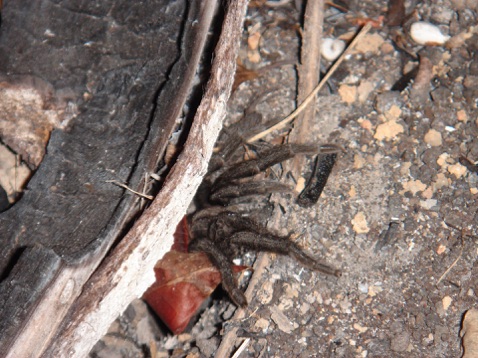
During the day the entrance of the burrow is covered with silk.
At night the spiders come out to hunt.


Juvenile Brachypelma epicureanum.
Spiderling Brachypelma epicureanum.


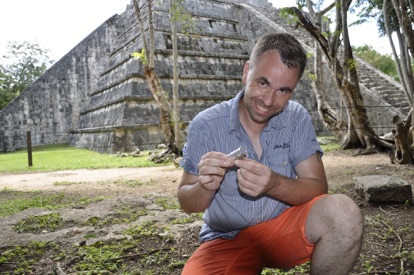
Collecting Brachypelma epicureanum at type site.



Adult male Brachypelma epicureanum.
Habitat Brachypelma epicureanum
wet season.

Habitat at type site


Mating Brachypelma epicureanum
Detail abdomen.




